Latest news articles
Conferences & Networking
The SAS regularly sponsors conferences, workshops, and conference sessions. If you're planning an event on any topic relevant to the goals of the society, please get in touch with the VP of Intersociety Relations so that we can explore partnering with you and your organization.
If you're a student SAS member interested in getting involved with the society and promoting professional fellowship among your peers, check out the Student Ambassador program and reach out to our VP for Membership Development to learn more.
- Braden Cordivari
In this new monthly News feature, SAS executive board members will choose a paper they have recently read which caught their interest. These reading recommendations are informal and unofficial, highlighting the personal selections of our board members. Papers may be chosen for their novel methodological or theoretical angles, clarity of argument, or engaging topic. SAS members are reminded that they can highlight their own research through our Spotlight program!
For the first installment, SAS VP for Member Communications Braden Cordivari has picked “Reappraising the Gandhāra still: implications for understanding early distillation technology through experimentation and experimental reconstruction” by Nicholas Groat, published in Archaeological and Anthropological Sciences 17. Groat reproduces a set of ceramic vessels found across South-Central Asia between the 2nd century BCE and the 4th century CE which are commonly interpreted as a still—i.e., an apparatus for distilling water or oil. Distillation was an important technology for the purification of water and the production of liquids such as alcohol and perfume, for example. In a range of experimental trials, Groat varies parameters such as the duration of heating, the hearth material, and the cooling strategy but is unable to successfully achieve distillation with the vessels due to their morphology. The size and shape of the pots lead to problems of pressurization, sealing, and cooling, which means that liquid does not condense properly. In other words, Groat’s experiments show that the vessels cannot function as a still, and archaeologists must seek other explanations for their use. This study is an interesting example of problem-based experimentation which opens up further questions and avenues for research about the function of the vessels. In addition to archaeologists of South Asia, the paper will be of relevance to those designing experimental materials-based research for its rigorous approach to interrogating different variables of the technological process of distillation.
Groat, N., 2025. Reappraising the Gandhāra still: implications for understanding early distillation technology through experimentation and experimental reconstruction. Archaeological and Anthropological Sciences 17, 194. https://doi.org/10.1007/s12520-025-02301-8
- Braden Cordivari
The “Synchrotron Radiation for Cultural Heritage Materials – Part 1” webinar took place on Wednesday, 3 December 2025, at 14:00 GMT with great success.
Organized by the SAS Student Ambassadors, the event aimed to foster dialogue between cultural heritage researchers and synchrotron beamline scientists, addressing questions related to technology, provenance, and the preservation of cultural heritage materials.
The program featured three presentations:
- Synchrotron applications on ancient ceramics by Carlo Marini (Beamline Group Leader, ALBA Synchrotron, Spain)
- Synchrotron-based studies on bones by Simone Lemmers (MSCA Research Fellow, Elettra Synchrotron, Italy) and Ilaria Carlomagno (Beamline Scientist, Elettra Synchrotron, Italy)
- Computed Tomography for cultural heritage materials by Vincent Fernandez (Beamline Scientist, European Synchrotron Radiation Facility – ESRF, France)
There was strong interest in the event, reflected in the number of applications and the active participation during the webinar. It attracted participants from diverse disciplines, including archaeology, natural sciences, and conservation, and from different educational stages, ranging from undergraduate and master’s students to doctoral and postdoctoral researchers, and academic staff.
“Synchrotron Radiation for Cultural Heritage Materials – Part 2” is scheduled for 21 January 2026 at 14:00 GMT and will focus on pigments and metal artifacts. Stay tuned for more information about the registrations.
-Gavriela Logotheou, Lead Ambassador
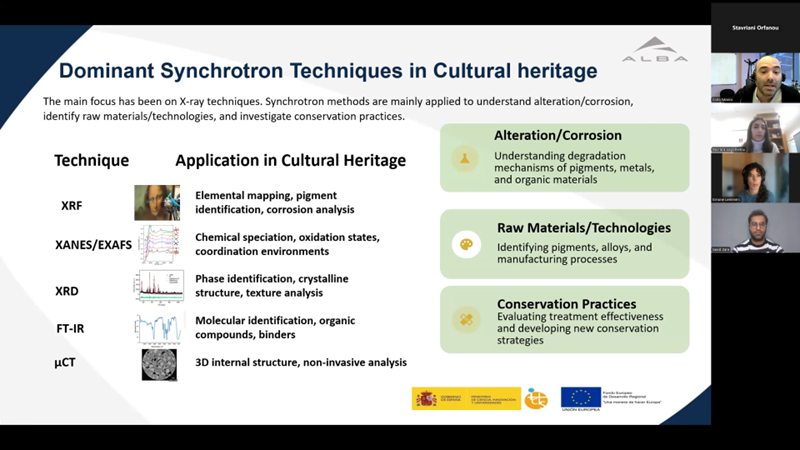
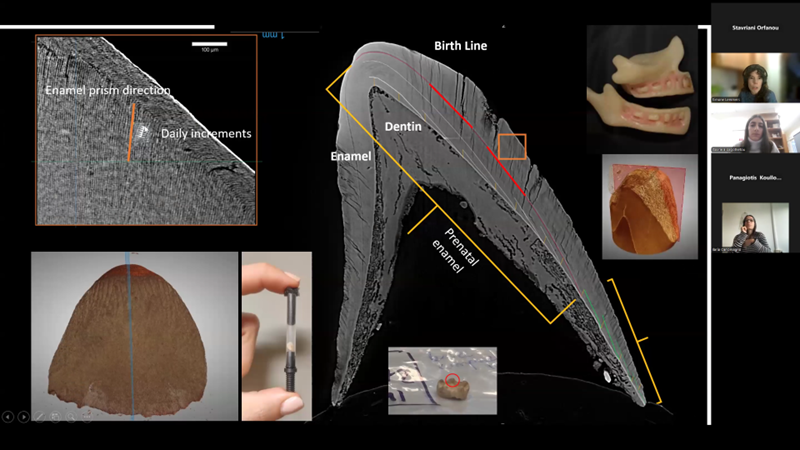
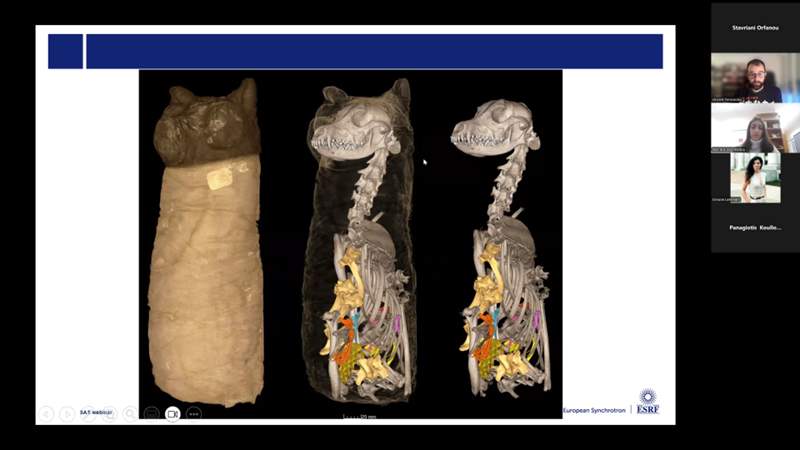
- Braden Cordivari
The SAS is now accepting nominations for the Charles C. Kolb Award for Archaeological Ceramics for 2025!
Each year the SAS offers an award for the best paper on the science-based study of ceramics in honor of Charles C. Kolb, a life member of SAS for over 30 years and dedicated editor of its Bulletin. Nominations for papers accepted for publication or published within 2025 should be submitted by 31 January 2026. Find out more about the nomination process and eligibility at the link above!
- Braden Cordivari
The Journal of Archaeological Science and SAS are launching a new prize to celebrate the 50th anniversary of SAS. Find out more about eligibility and nominations here, and please spread the word!
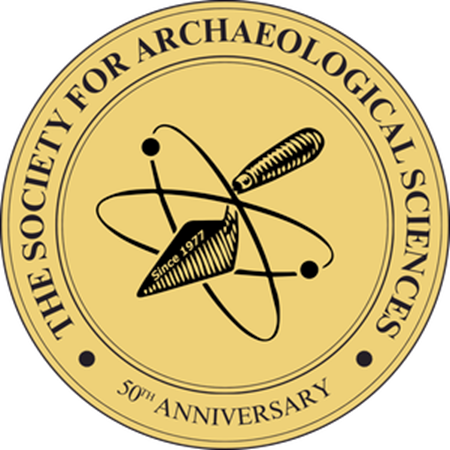
- Braden Cordivari
The Society for Archaeological Sciences is launching a community-run portal for listing employment opportunities in archaeological science. We invite anyone to submit relevant listings at all levels from PhD positions to professorships by filling out this form.
The results of the form will be freely available on the SAS website, through a linked spreadsheet. This service relies on community submissions, so it is neither comprehensive nor official, and anyone can add listings.
The Society for Archaeological Sciences does not verify, endorse, or take responsibility for the content of any listings submitted through this form. All information is provided as received, and SAS is not liable for any errors, omissions, or inaccuracies. Users are responsible for checking details such as submission dates in the original post link. We hope that people will fill out the form as part of advertising new positions and encourage their colleagues to do the same.
Please direct any questions to the SAS VP for Member Communications, Braden Cordivari (
- Braden Cordivari
Congratulations to Aristeidis Voulgaris (Thessaloniki City, Directorate Culture and Tourism), the winner of the Hellenic Society for Archaeometry-SAS Travel Award! This award will support travel to the 9th Symposium of the Hellenic Society for Archaeometry, which will be held this year in Patras, Greece (5-8 November 2025). Aristeidis is the team leader for "The Functional Reconstruction of Antikythera Mechanism - The FRAMe Project". At the HSA Symposium, he will present results of an experimental study on the effects of seawater on the corrosion of the bronze components of the Antikythera Mechanism. His work will show how the depositional environment has altered the dimensions of the mechanism, which in turn has implications for the reconstruction of its components. We look forward to following the next chapter of Aristeidis’ exciting work!
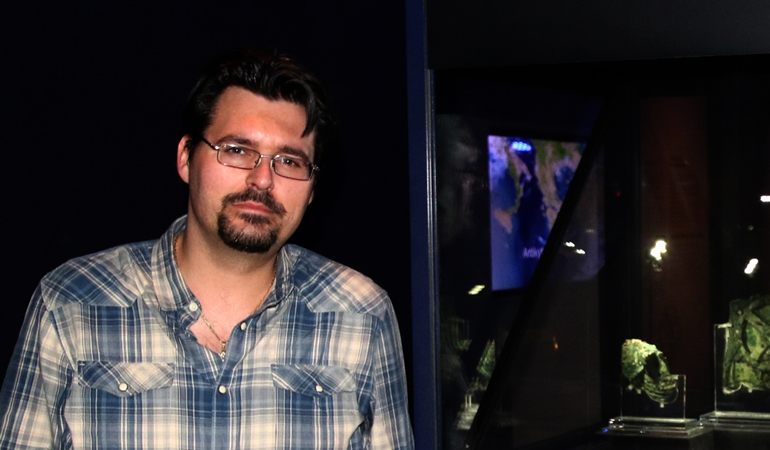
- Young Researchers in Archaeometry-SAS Travel Award 2025 Winner: Zofia Chomoncik
- SAS Student Ambassador Event - Synchrotron Radiation for Cultural Heritage Materials | Wednesday, 3 December 2025 14:00 GMT
- Call for Contributions - Archaeometry Special Issue: Perspectives on the Past, and the Next 20 Years of Archaeometry
- ISBA SAS Student Poster Award winner – Madeleine Thirolle
- New Student Ambassador - Jessica Giles
